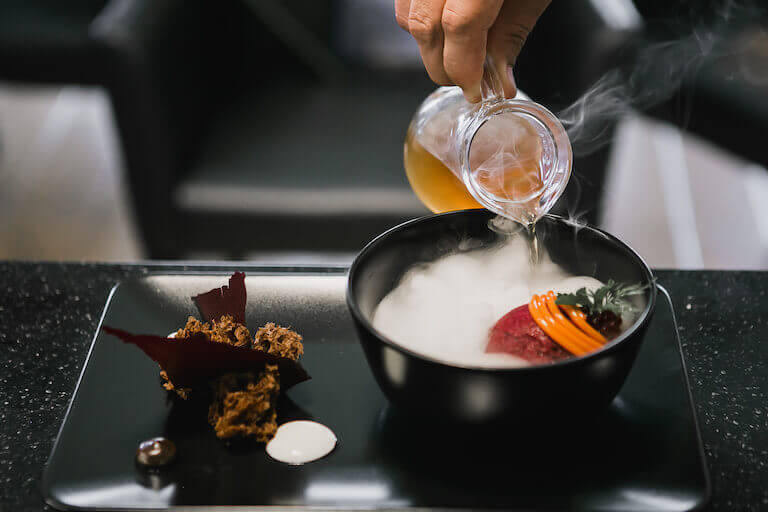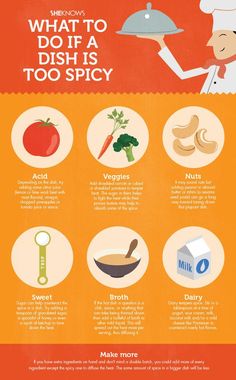
You may wonder how to eat asparagus. There are some important etiquette considerations to make sure you don't miss out on the nutritional benefits and etiquette. Learn how asparagus is prepared and the health benefits it offers. Enjoy asparagus with your loved ones. However, before you can eat your first spear of asparagus. Learn how to properly peel it and prepare it. These are some tips to help you get started:
etiquette considerations
While eating asparagus without causing a ruckus is perfectly acceptable in most situations, there are some etiquette considerations to keep in mind. For asparagus stems, it is best to use both a knife & fork at a meal party. Although the cook will remove any hard fibrous portions before serving, it's recommended that you still use a knife and fork when eating asparagus.
Nutritional value
Asparagus contains high levels of antioxidants. Asparagus has a wide range of vitamins C and E. The mineral selenium plays an important role for glutathione, one of most well-studied antioxidant enzymes. This phytonutrient is important for maintaining eye health, improving sight and decreasing the risk of developing eye diseases. Asparagus is also a source of potassium and fiber.

Cooking method
Asparagus is one of the most tender gifts of spring. In order to cook it to perfection, you'll need a pan with a high heat, and olive oil or butter. You should cook it for thirty to forty five seconds, and add a little salt and pepper to taste. Do not boil the spears, and make sure to drain the water from them before you serve. Here are some tips to cook asparagus.
Health benefits
Asparagus has numerous health benefits, so you can't go wrong with this green vegetable. It can be steamed or lightly blanched. It can also be grilled or roasted and goes well with chicken and lean protein. Due to its high vitamin-K content, asparagus can be paired with nearly any type of food. Read on to learn more about the health benefits of asparagus and how to cook it.
Storing asparagus
You must keep asparagus in water so that the bottoms are moistened and the other parts dry. It is best to store asparagus in water or a glass vase that has been covered with plastic wrap. You can add water to refresh the asparagus if it gets too muddy. Trim the asparagus when the water gets too murky. The asparagus can be kept in the refrigerator for up to three days.

FAQ
Which is the best method to store leftovers?
Tupperware containers are a good choice for leftovers. These containers protect food from spoilage and keep it fresh. They can also keep food warm longer. Freezer bags can be used to freeze any leftover food. For food that you are freezing, make sure to place it inside another freezer bag. Once the food is frozen place it in an airtight container, such as a zip lock bag.
What are the benefits of using a slow cooker?
Slow cookers can be very helpful because you can prepare delicious meals quickly. Slow cooker recipes often have a lower oil and fat content than traditional recipes. In addition, slow cooker recipes are convenient because they take care of themselves while you sleep.
What is the cost to study culinary arts?
Prices for studying culinary arts vary widely. A four-year degree usually costs around $40,000. A two-year associate's level degree can cost less than $5,000. The type of program you choose will determine the tuition rates. Public institutions are more expensive than private institutions.
How can I motivate myself to cook?
It's fun to cook for your friends and family. Cooking for yourself is much more enjoyable than cooking for others. Try making something new if your goal is to become more motivated to cook. This will help you learn about new techniques and ingredients. To expand your culinary skills, you can also make use of recipes from other cultures.
Statistics
- You'll be amazed that over 90% of CIA students receive scholarships and grants to finish their culinary studies. (ischoolconnect.com)
- In the United States, the category is estimated at $23.2 billion annually and is growing faster than the market. (washingtonpost.com)
- According to the BLS, chefs earn $58,740 a year. (learnhowtobecome.org)
External Links
How To
How to make a perfect omelet
Omelets have always been a favourite food to eat for breakfast. But how do you create them perfectly? I've tried many recipes and different methods but none have worked. So I am sharing some tips and tricks today to help you make fluffy, delicious omelets every morning.
It is important to know that eggs can be temperamental when making omelets. You must get them fresh, organically, and keep them cold until you cook. The yolks and whites will not form properly if they aren't kept cold enough. This causes your omelets to look oddly colored. If you plan to cook the eggs right away, it is best to use room temperature eggs.
Another tip is to separate your egg before adding it into the pan. The yolk and white should not be mixed together as this can cause the omelet's curdle.
The bottom part of an egg that is added directly to the stovetop might be burned, which could cause a ruined texture in your omelet. Instead, place the egg in the microwave for 10 second before you put it in the skillet. The microwave heat cooks the eggs just right without overcooking them.
Next, let’s talk about mixing the egg. When you mix eggs together, you want to beat them well. To do this, take the bowl from the mixer and flip it upside-down. Then shake the bowl vigorously. The egg will be thoroughly mixed in the bowl as the air is whipped.
The fun part is now - adding the milk to the mixture. Pour half the milk into the beaten egg mixture and then fold in the eggs. Do not worry if you see streaks of egg; they will disappear when the omelet is flipped.
After you have folded the eggs, heat the oil in a pan over medium heat. Once the oil has started to sizzle, turn the heat down to low. Once the oil has gotten hot, add 1/4 cup of butter and swirl it around so that the entire pan is coated. The lid should be carefully opened. Sprinkle salt in the pan. An additional pinch of salt will prevent the omelet form sticking to your pan.
Cover the pan once the omelet is formed and allow it to cool completely. Flip the omelet upside down or with a spatula. Cook the other side for another minute or two. Take the omelet out of the pan and immediately serve.
This recipe is best made with whole milk. However, it can also be used with skimmed milk.